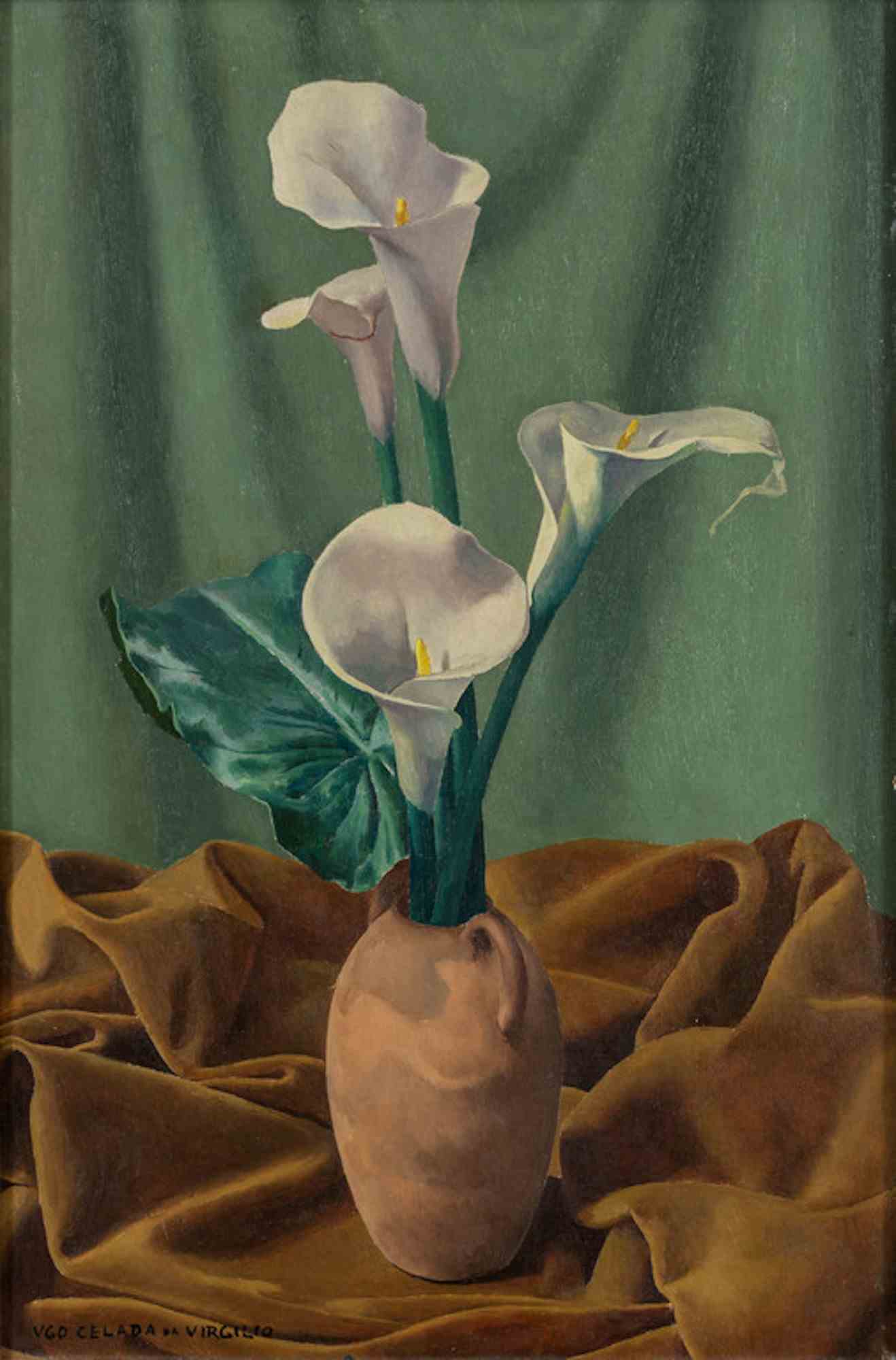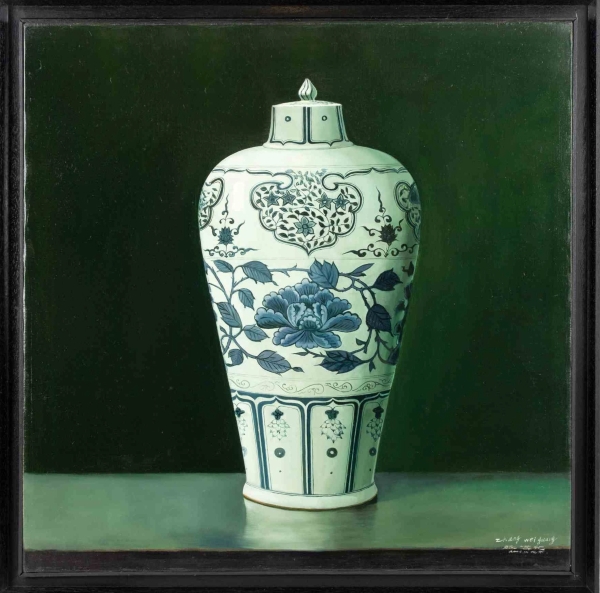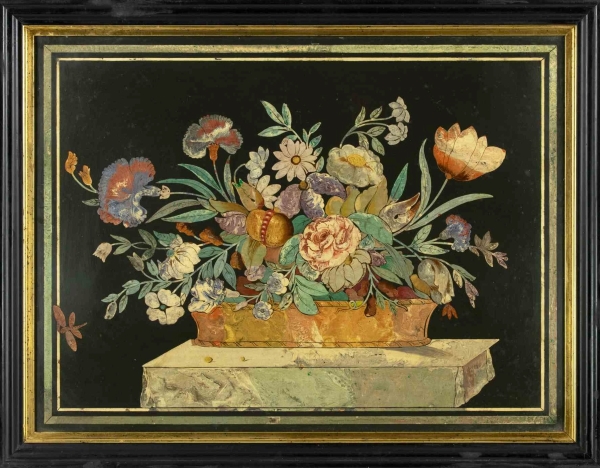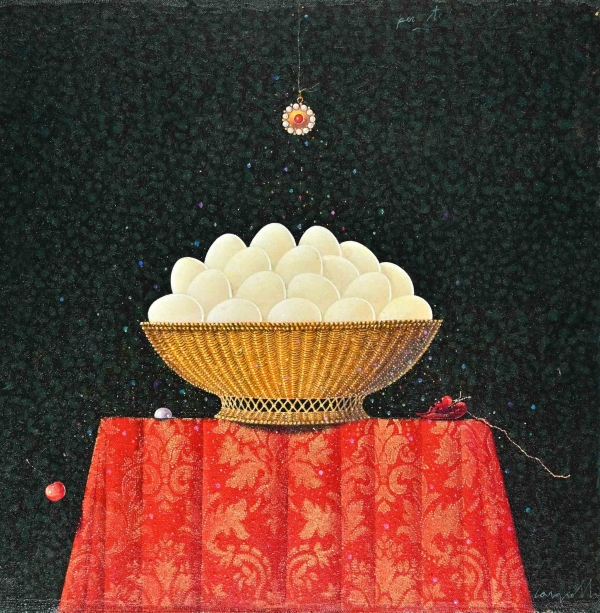
Exploring the Timeless Beauty of Still Life Art
In the vast realm of art, there exists a genre that captures the essence of tranquility, contemplation, and the exquisite beauty of everyday objects. Still life art, characterized by its depiction of inanimate objects such as flowers, fruits, or household items, has captivated audiences for centuries.
This article delves into the origins of still life art, its expansion across different artistic movements, and its enduring performance in the art market.
Origins of Still Life Art
The roots of still life art can be traced back to ancient civilizations, such as the Egyptians and Greeks, who incorporated symbolic objects into their paintings and murals. However, it was during the Renaissance period that still life as a distinct genre began to flourish. Artists sought to explore the representation of objects, moving away from religious or narrative themes. The Northern European painters, including Pieter Aertsen and Jan Brueghel the Elder, played a crucial role in popularizing still life compositions.
Expansion through Artistic Movements
As art continued to evolve, still life art found its place in various artistic movements. In the 17th century, the Dutch Golden Age, the genre was redefined, showcasing technical skill, meticulous detail, and exquisite lighting. Their works often featured sumptuous displays of food, flowers, and luxury items, reflecting the wealth and prosperity of the era.
In the 19th century, still life art underwent a transformation during the Impressionist movement. Artists like Édouard Manet and Pierre-Auguste Renoir explored the effects of light and color, capturing the transient nature of objects. The Impressionists brought a fresh perspective to still life, incorporating loose brushwork and capturing the fleeting moments of everyday life.
Performance in the Art Market
While still life art may not always receive the same attention as other genres, it has remained a significant presence in the art market. Collectors and art enthusiasts are drawn to still life paintings for their timeless appeal and ability to evoke emotion through the portrayal of simple objects. The genre’s enduring popularity can be attributed to its ability to transcend cultural and temporal boundaries.
In recent years, contemporary artists have breathed new life into the genre by incorporating innovative techniques and concepts. They experiment with unconventional materials, compositions, and subject matter, pushing the boundaries of traditional still life art. This evolution has attracted a new generation of collectors and art enthusiasts, contributing to the continued success of the genre in the market.
Today, still life art continues to thrive in galleries, museums, and private collections worldwide. Auction houses regularly feature exceptional works from renowned still life artists, both past and present. The market value of still life paintings varies depending on factors such as the artist’s reputation, historical significance, condition, and rarity.
Conclusion
The still life art genre has traversed centuries, showcasing the beauty and significance of the ordinary. Originating in ancient civilizations and finding its zenith during the Renaissance, still life has since expanded to incorporate various artistic movements, reinventing itself with each era. Despite the ebb and flow of artistic trends, still life art has consistently resonated with audiences, both aesthetically and emotionally. Its enduring presence in the art market testifies to its timeless charm, ensuring that the genre will continue to captivate and inspire generations to come.
Related artworks
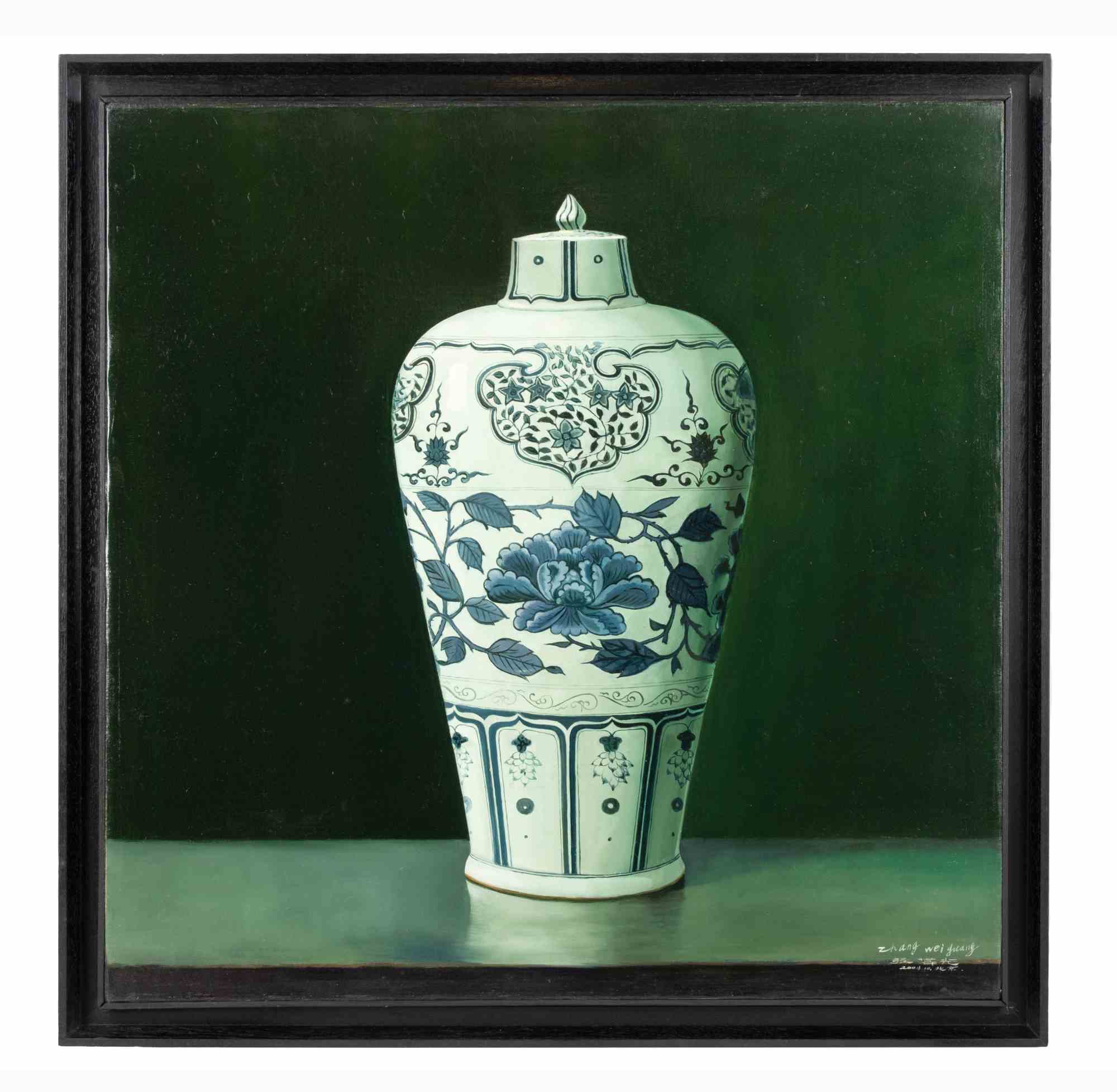
Chinese Vase
Mirror (Zhang Wei Guang)
Oil on Canvas
12000€
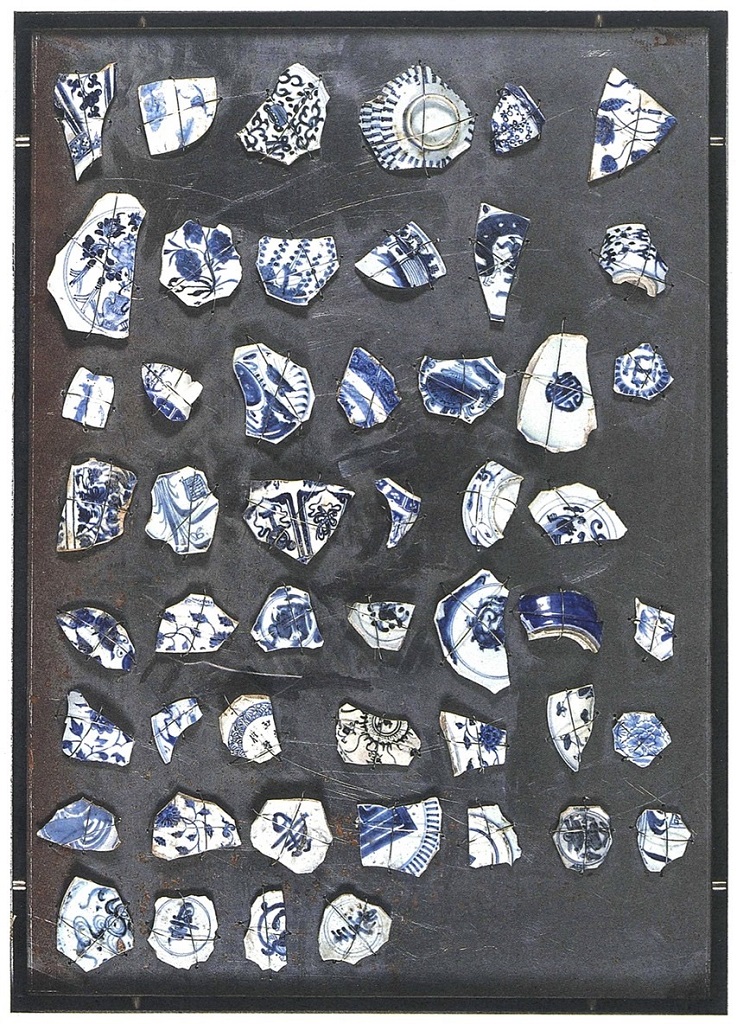
Untitled
Jannis Kounellis
Mixed Media
180000€
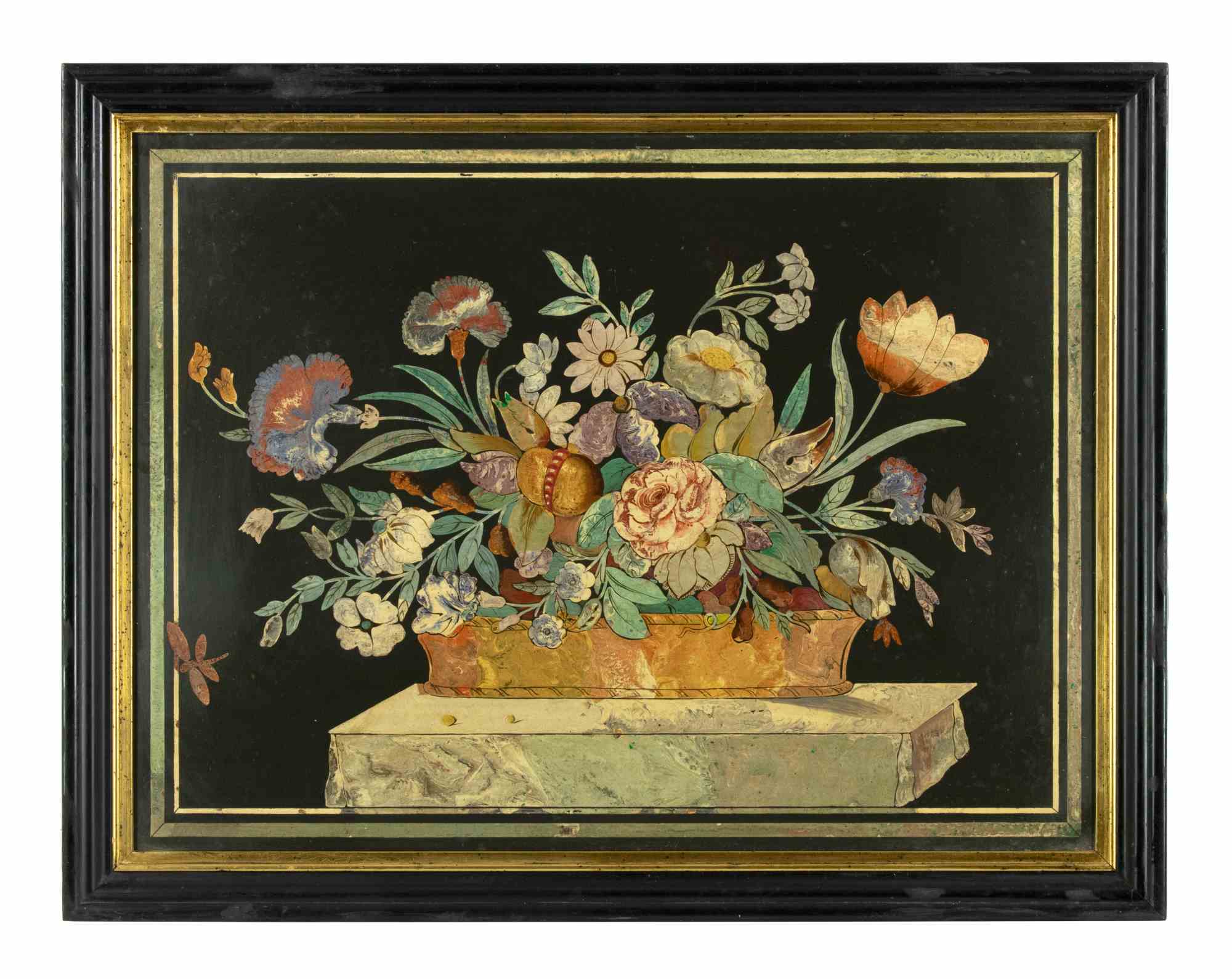
Flowers
Artist of XIX century
Mixed Media
4900€
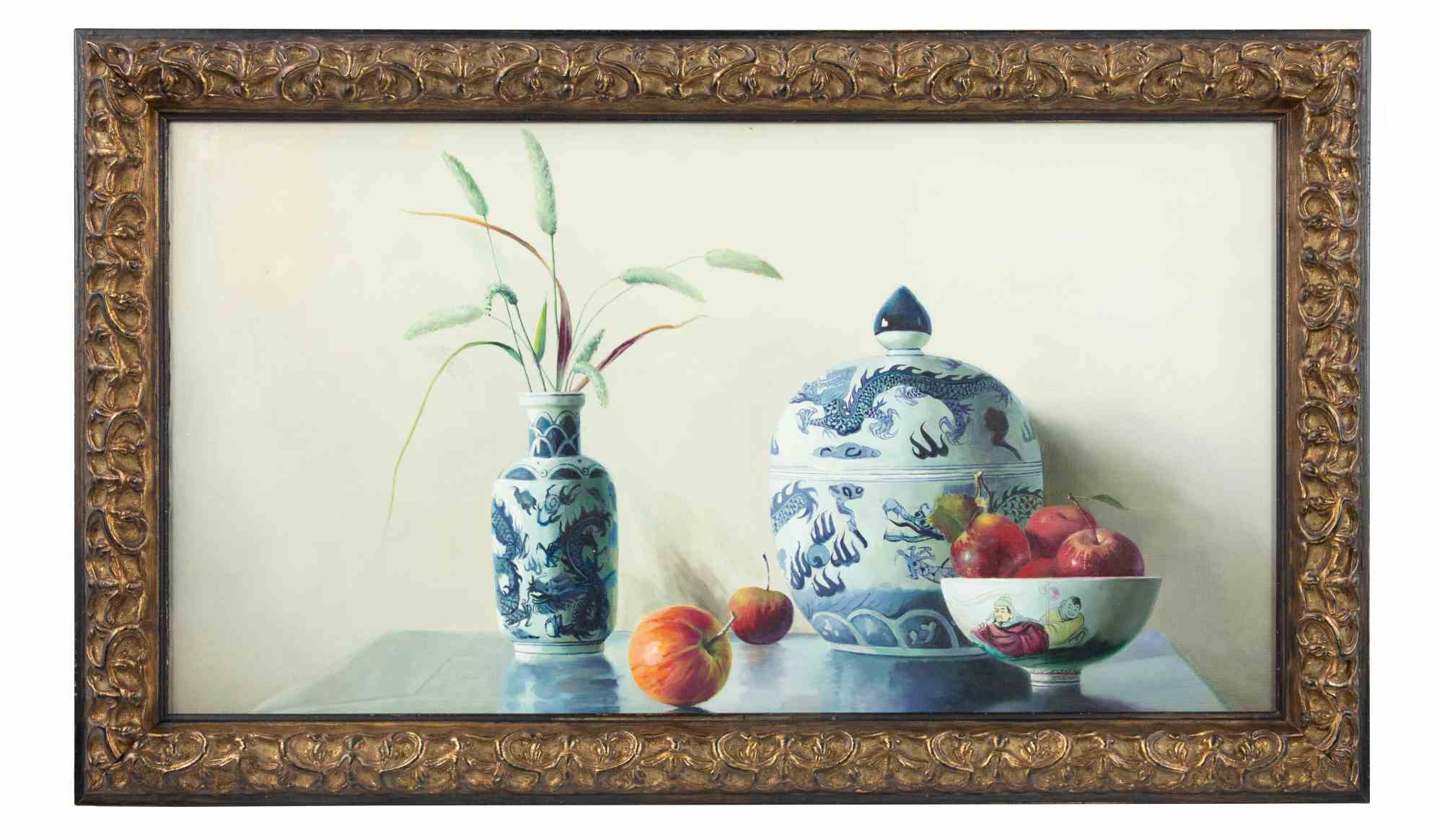
Vases and Fruits
Mirror (Zhang Wei Guang)
Oil on Canvas
12500€
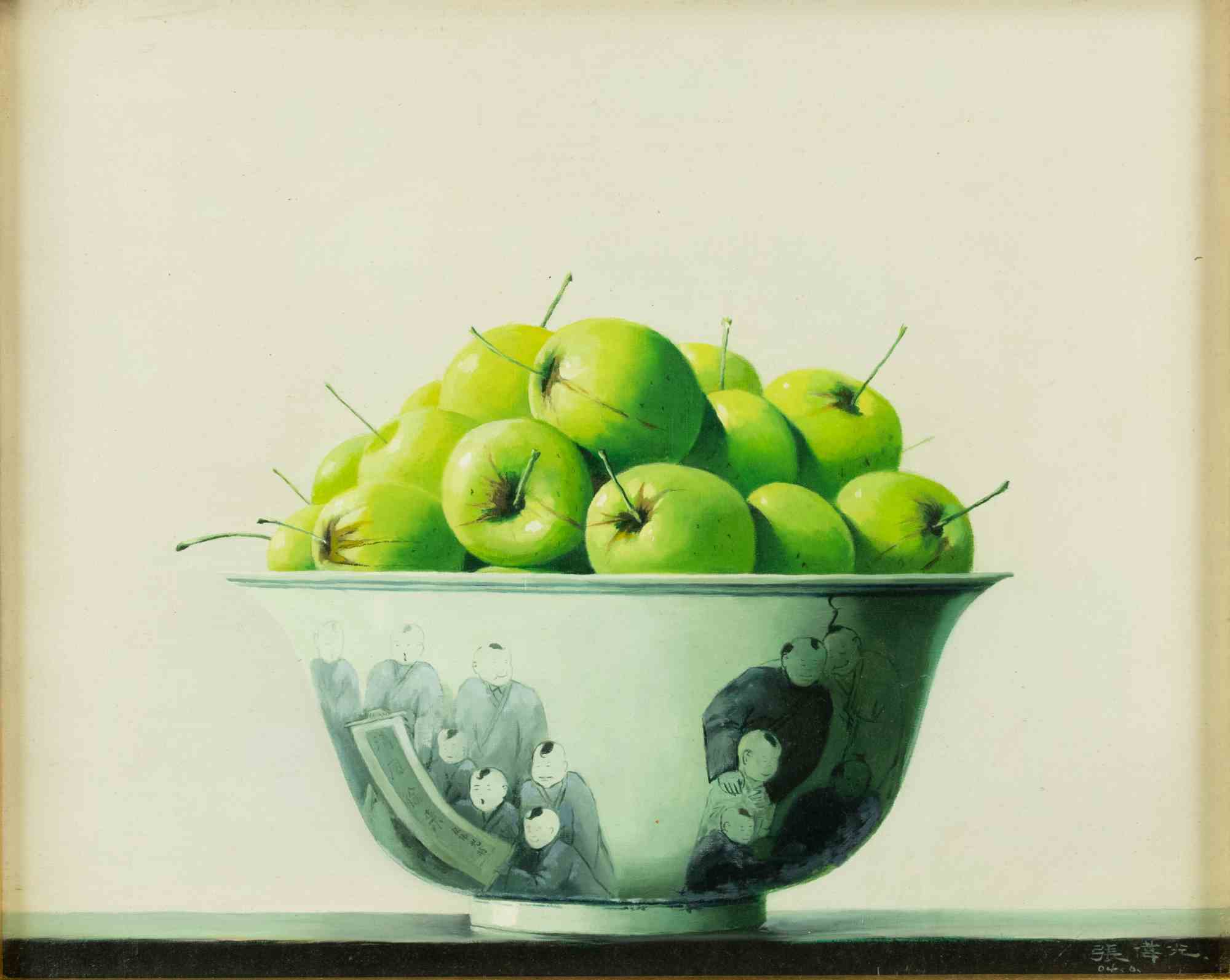
Green Apples
Mirror (Zhang Wei Guang)
Oil on Canvas
9200€
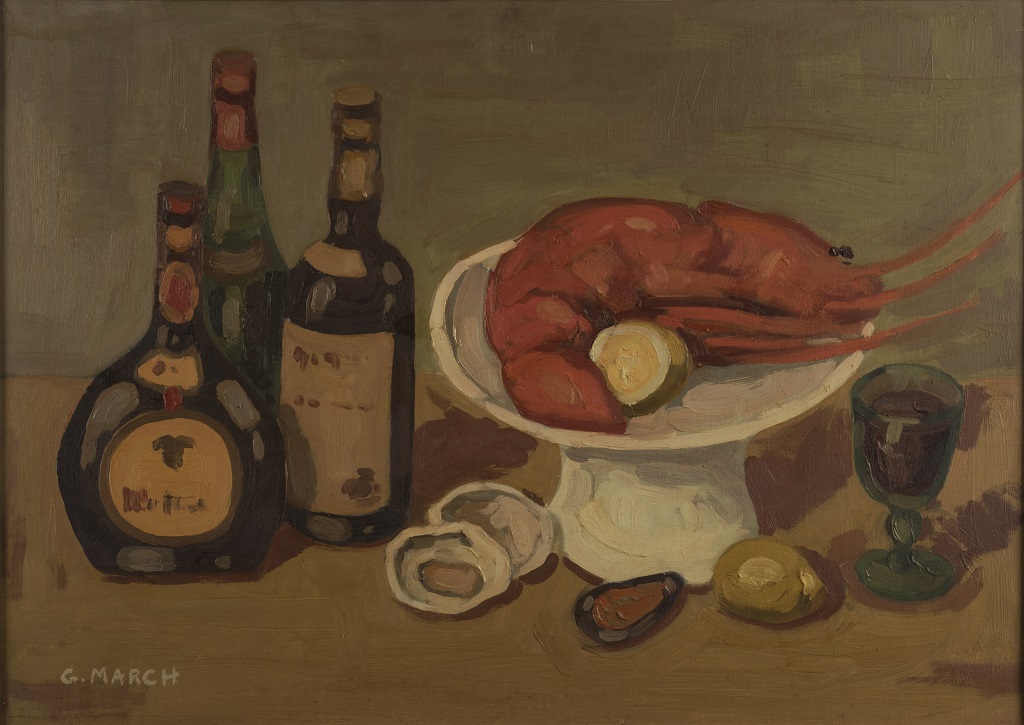
Still Life With Lobster
Giovanni March
Oil on Canvas
1318€
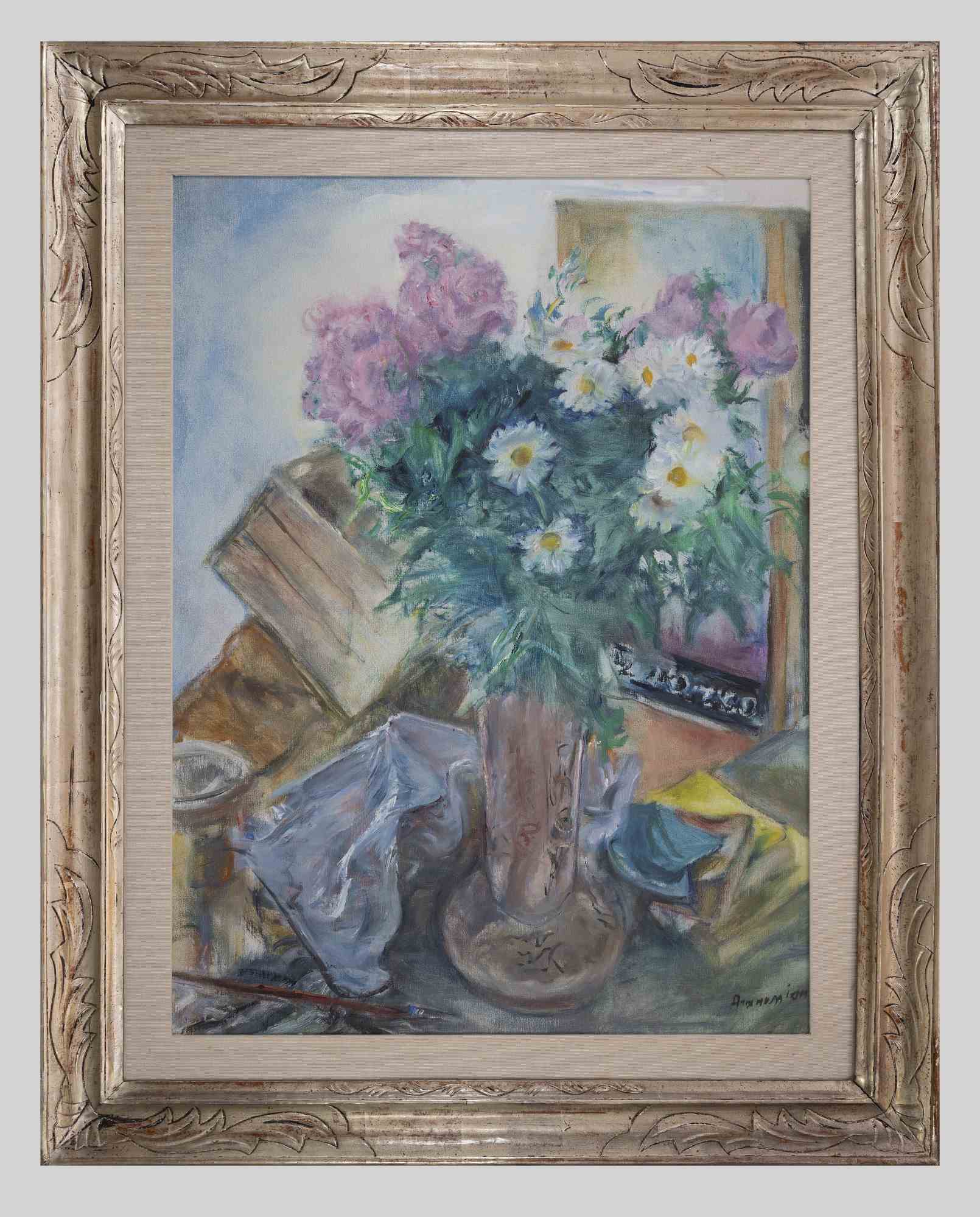
Still Life with Flowers and Objects
Alfonso Avanessian
Oil on Canvas
1420€
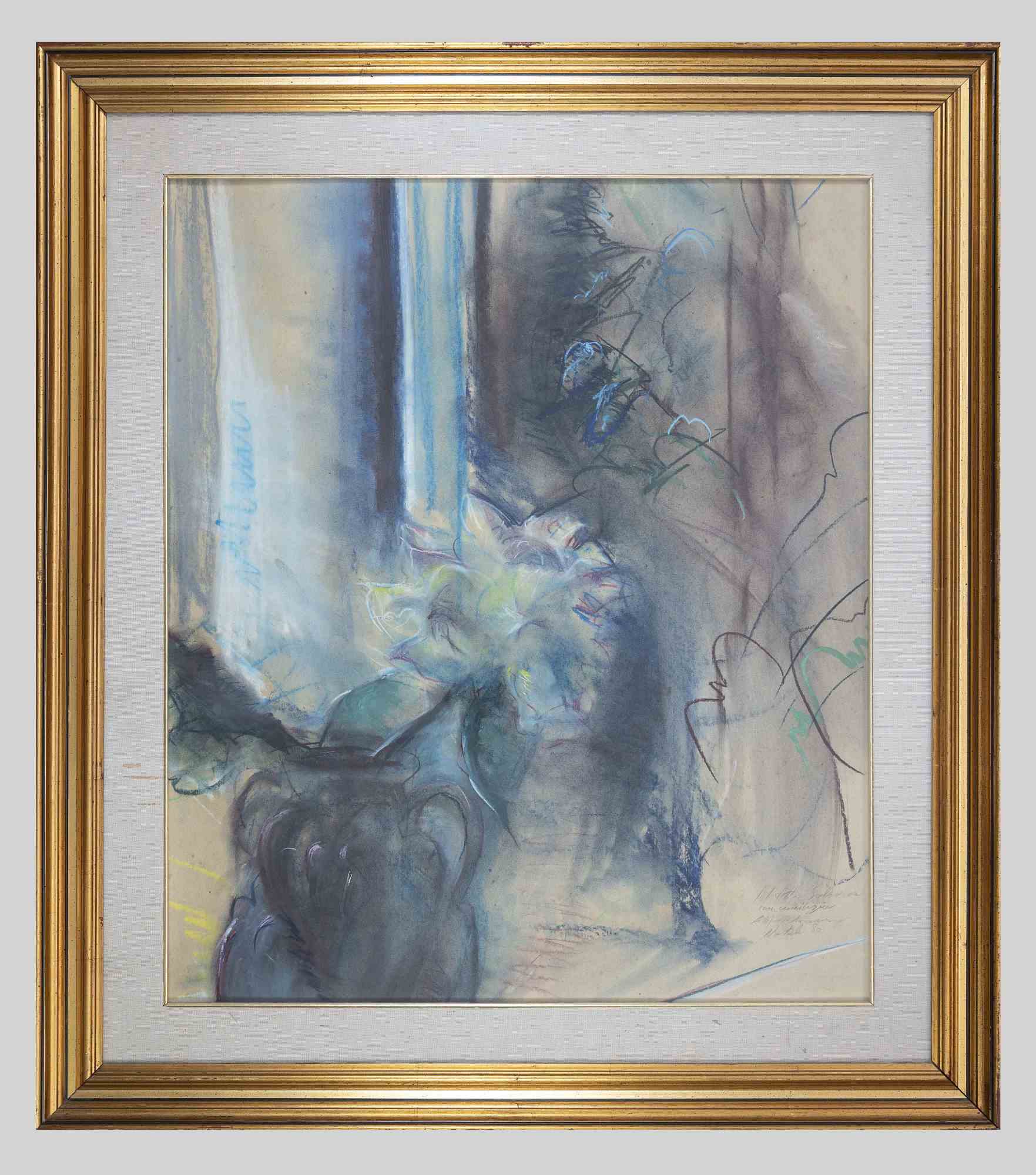
Still Life with Window in the Background
Alfonso Avanessian
Mixed Media
1000€
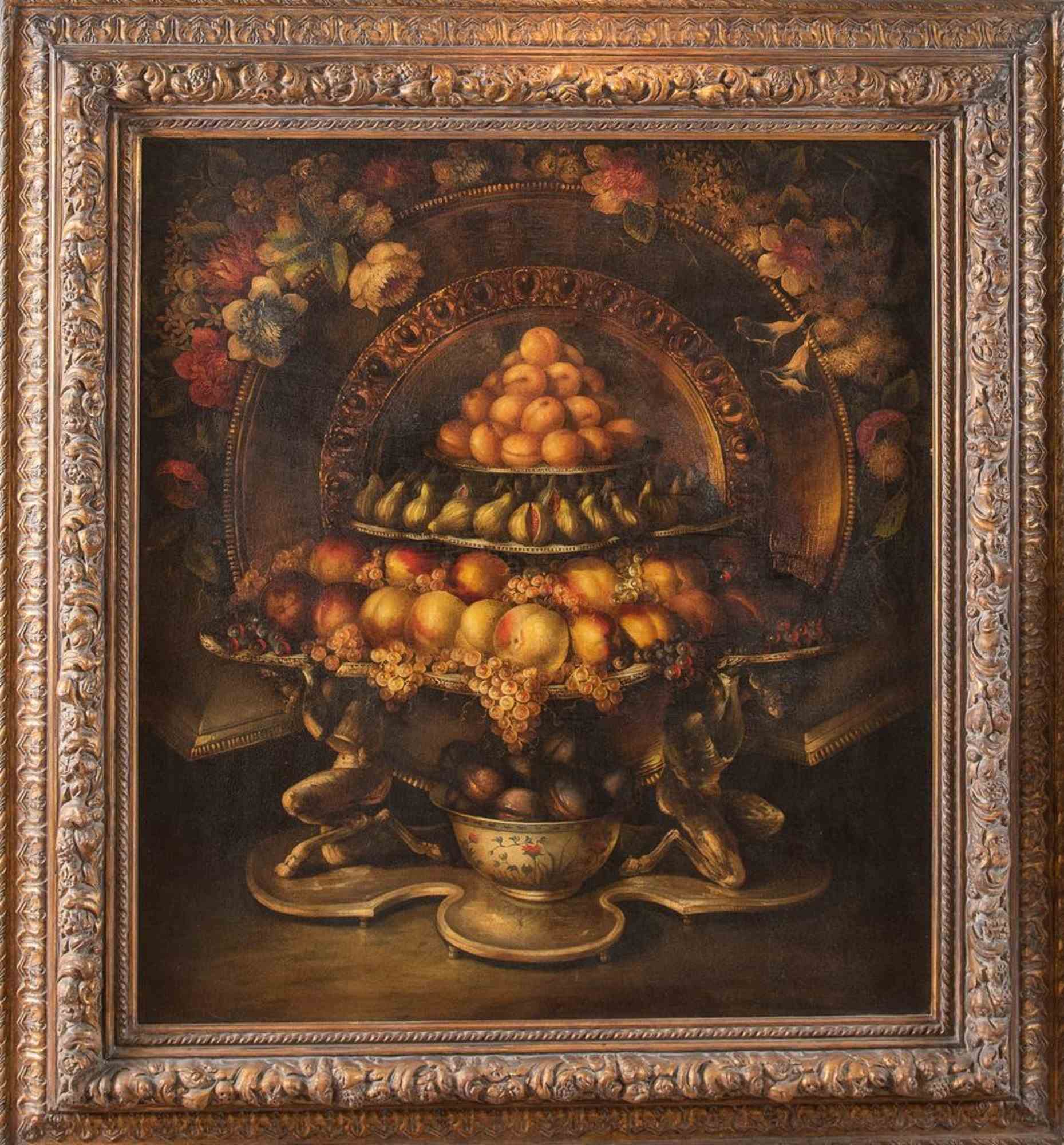
Still Life with Mythological Motivs
Master XIX century
Oil Painting
1500€
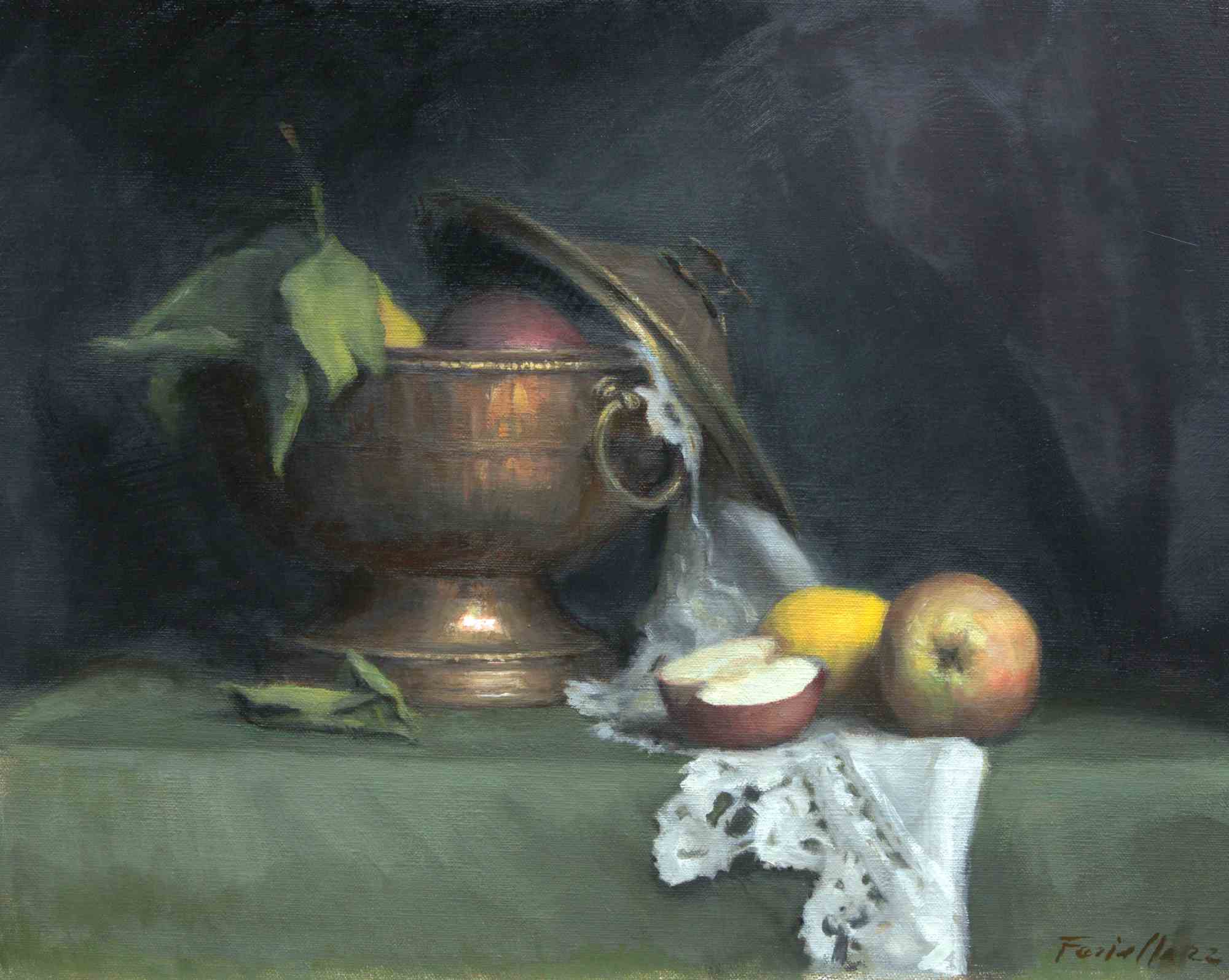
Still Life with Vase and Fruit
Marco Fariello
Oil on Canvas
2006€
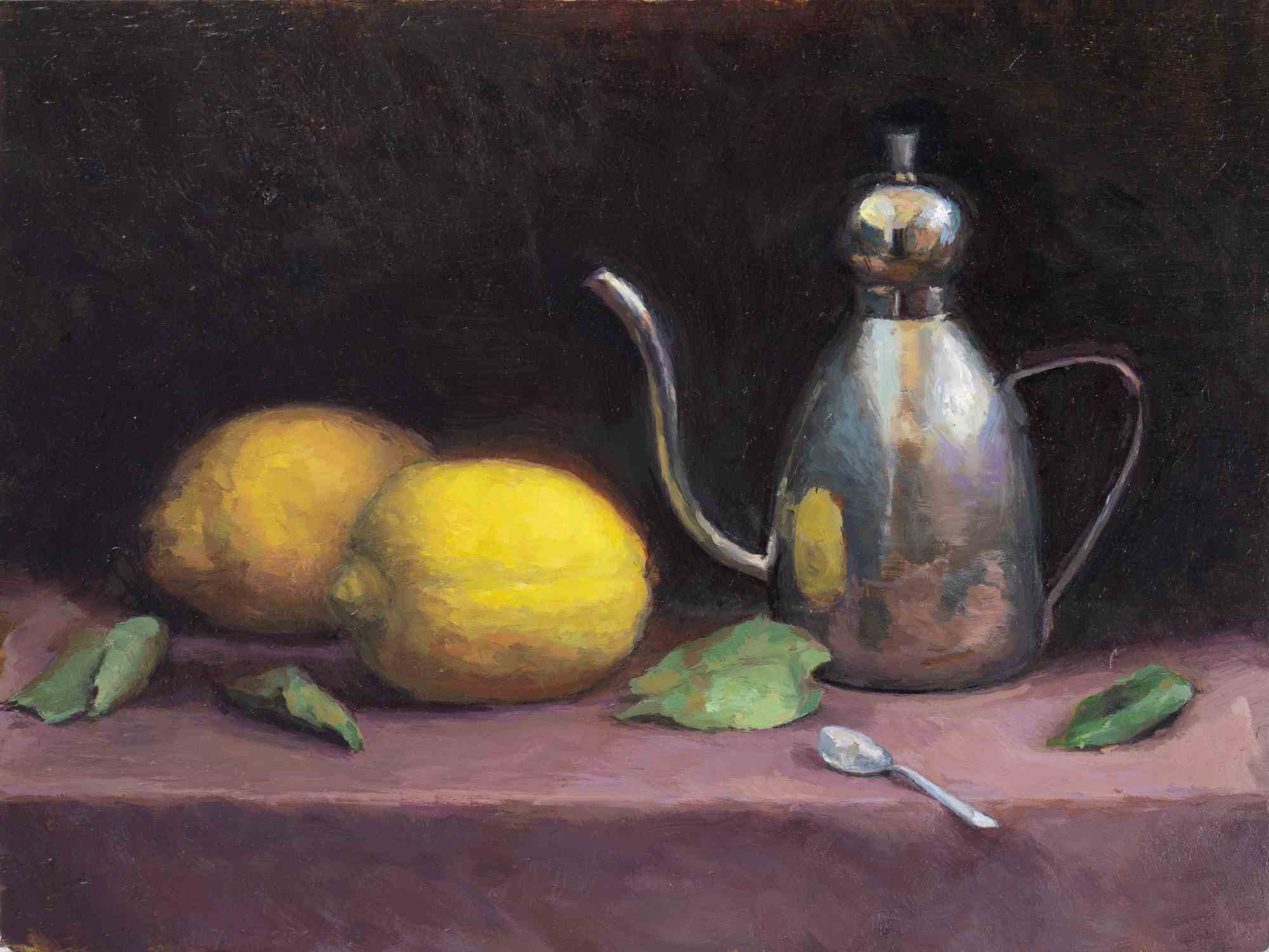
Still Life with Lemons, Cruet and Teaspoon
Marco Fariello
1605€
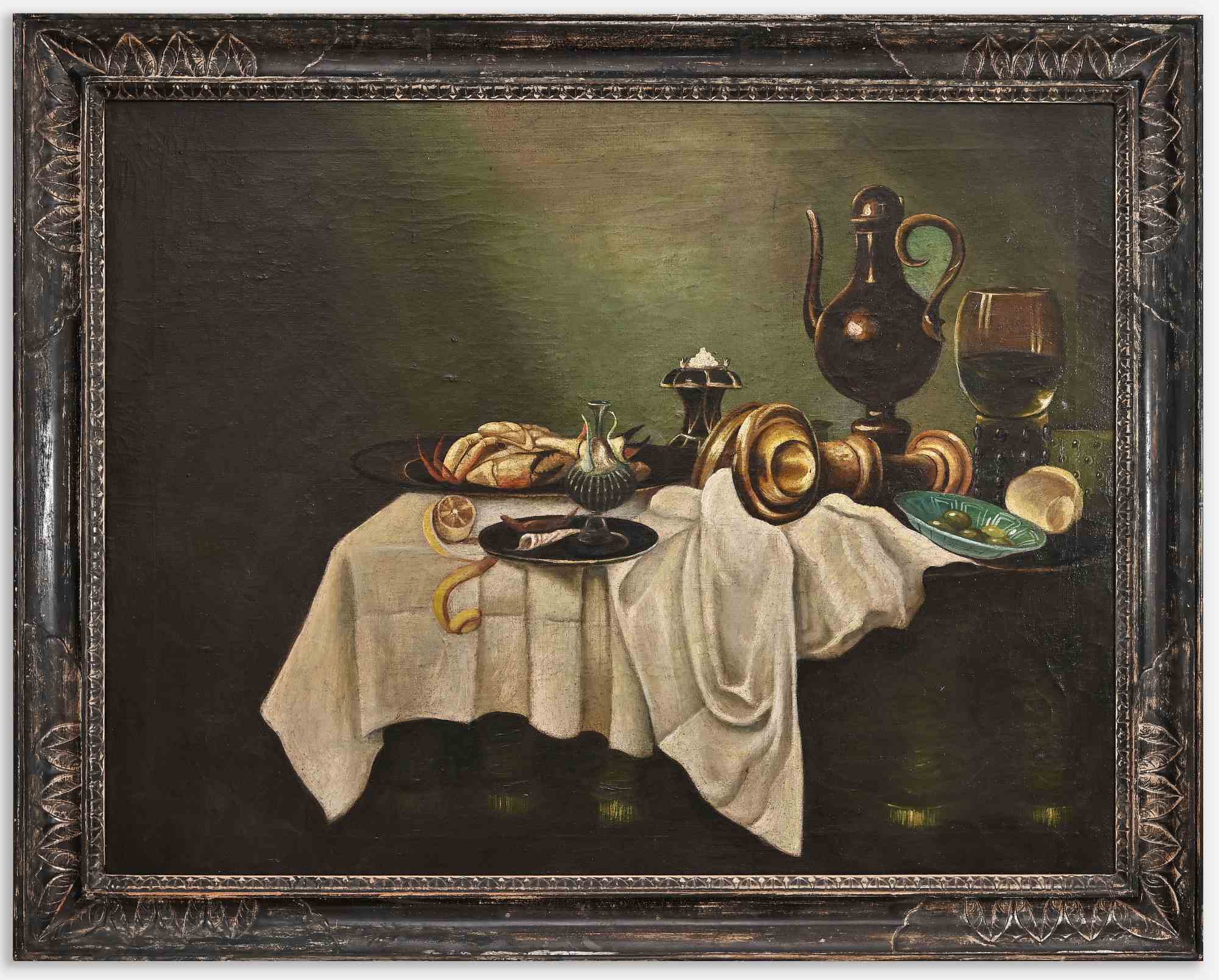
Still Life on a Table
Anonymous
Oil on Canvas
3200€
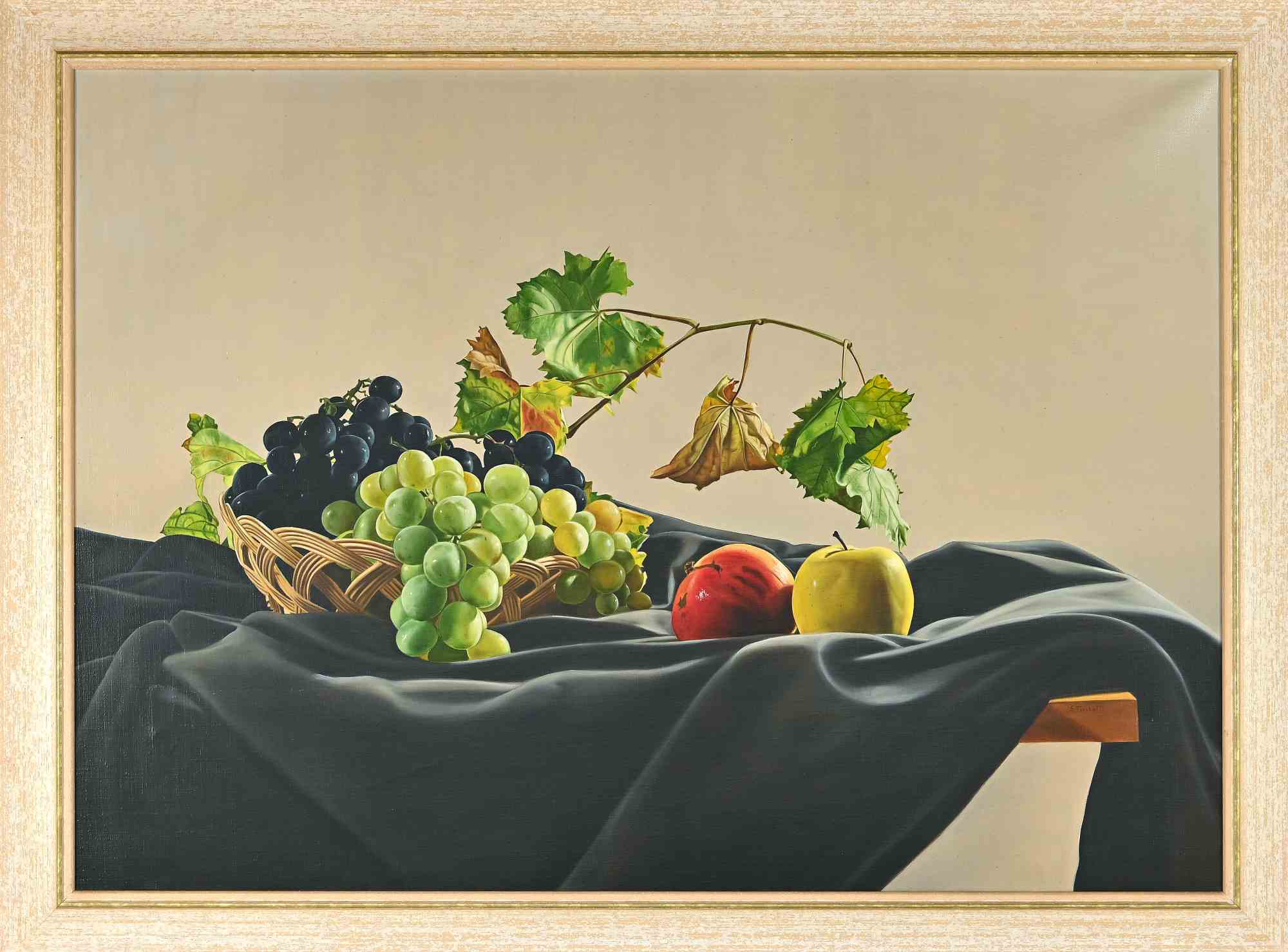
Still Life with Fruit
Stefano Turchetti
Mixed Media
990€
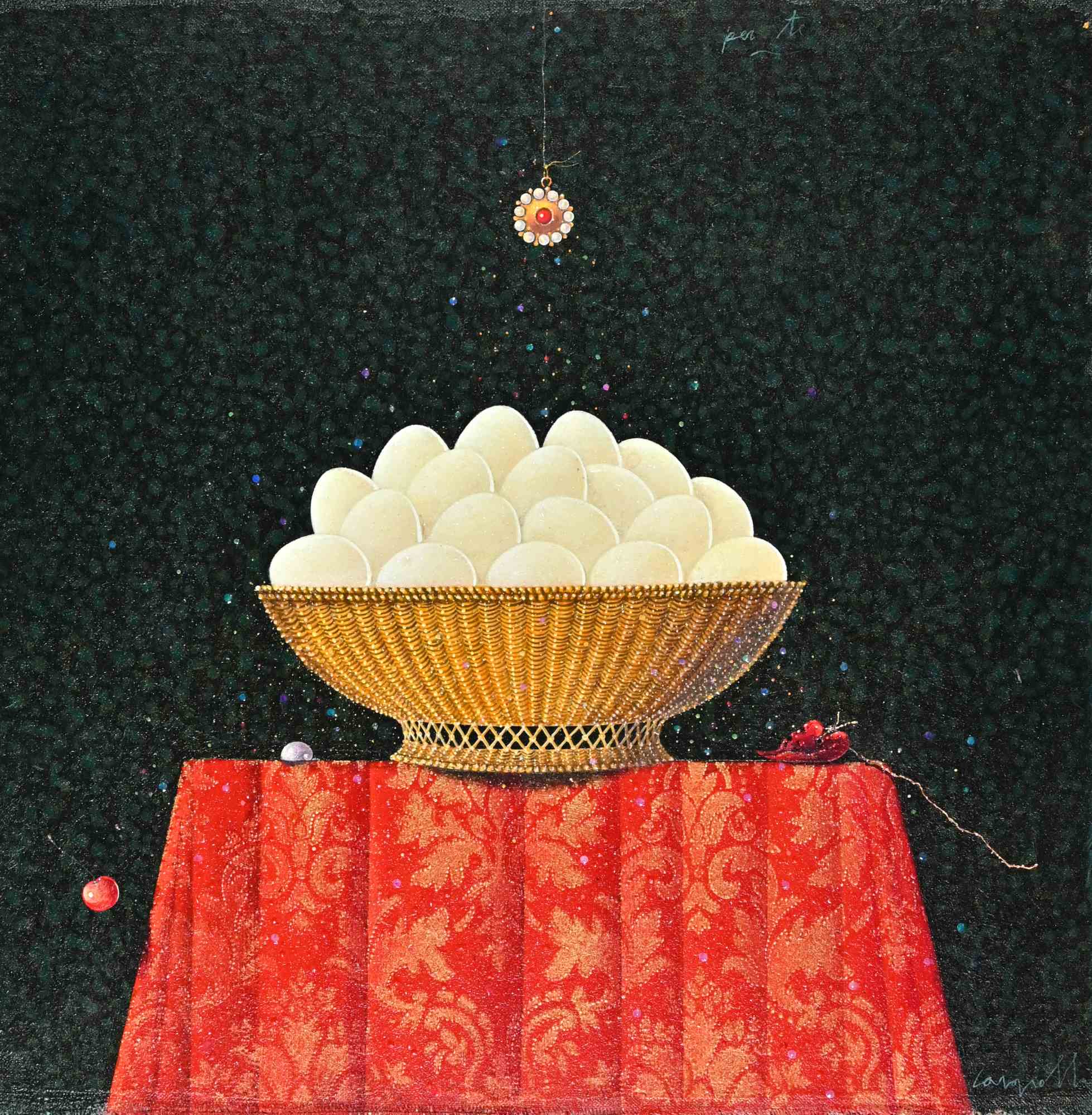
Per Te (For You)
Claudio Cargiolli
Mixed Media
1875€
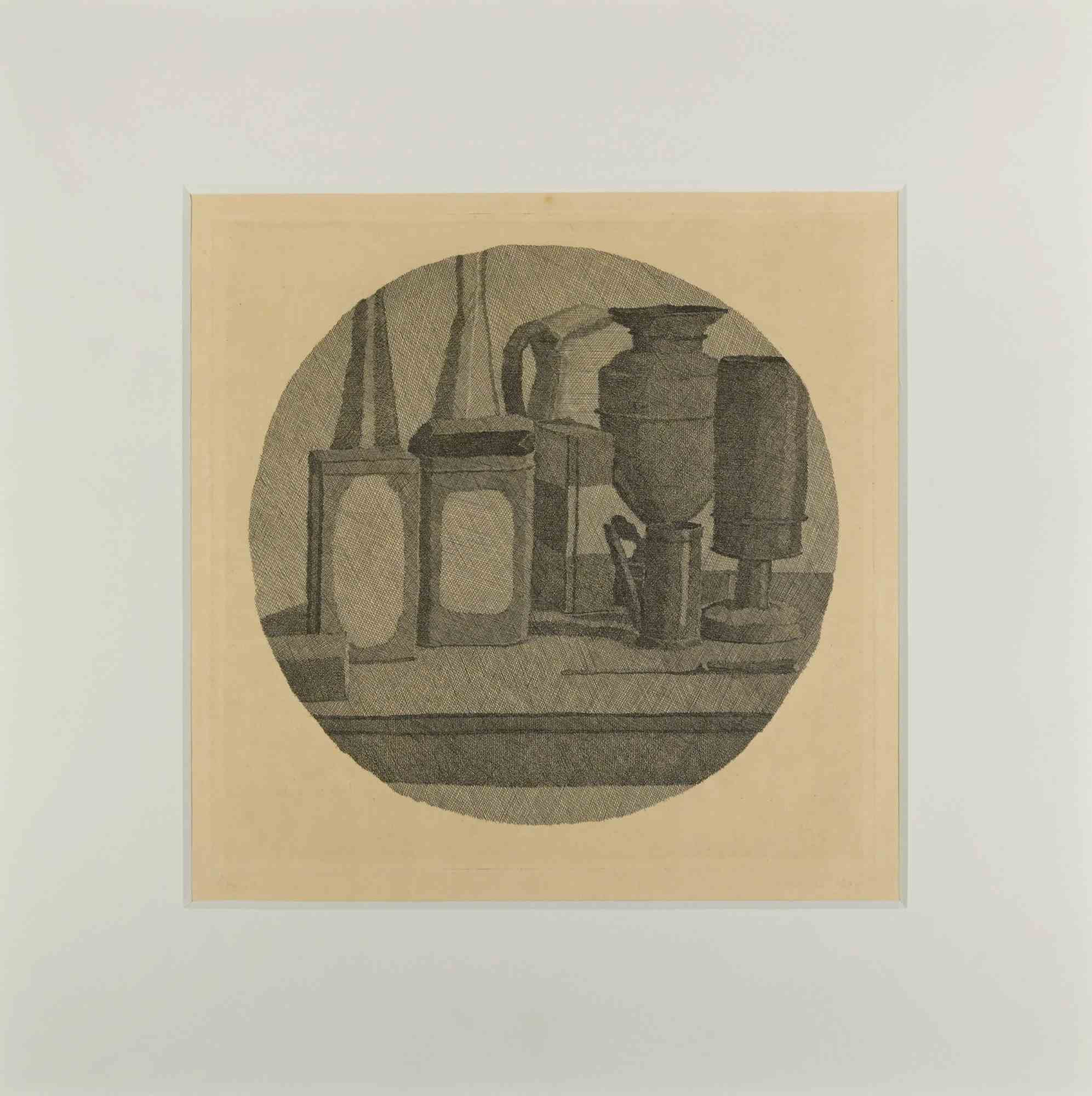
Still Life with Eleven Objetcs in a Sphere
Giorgio Morandi
Etching
42000€
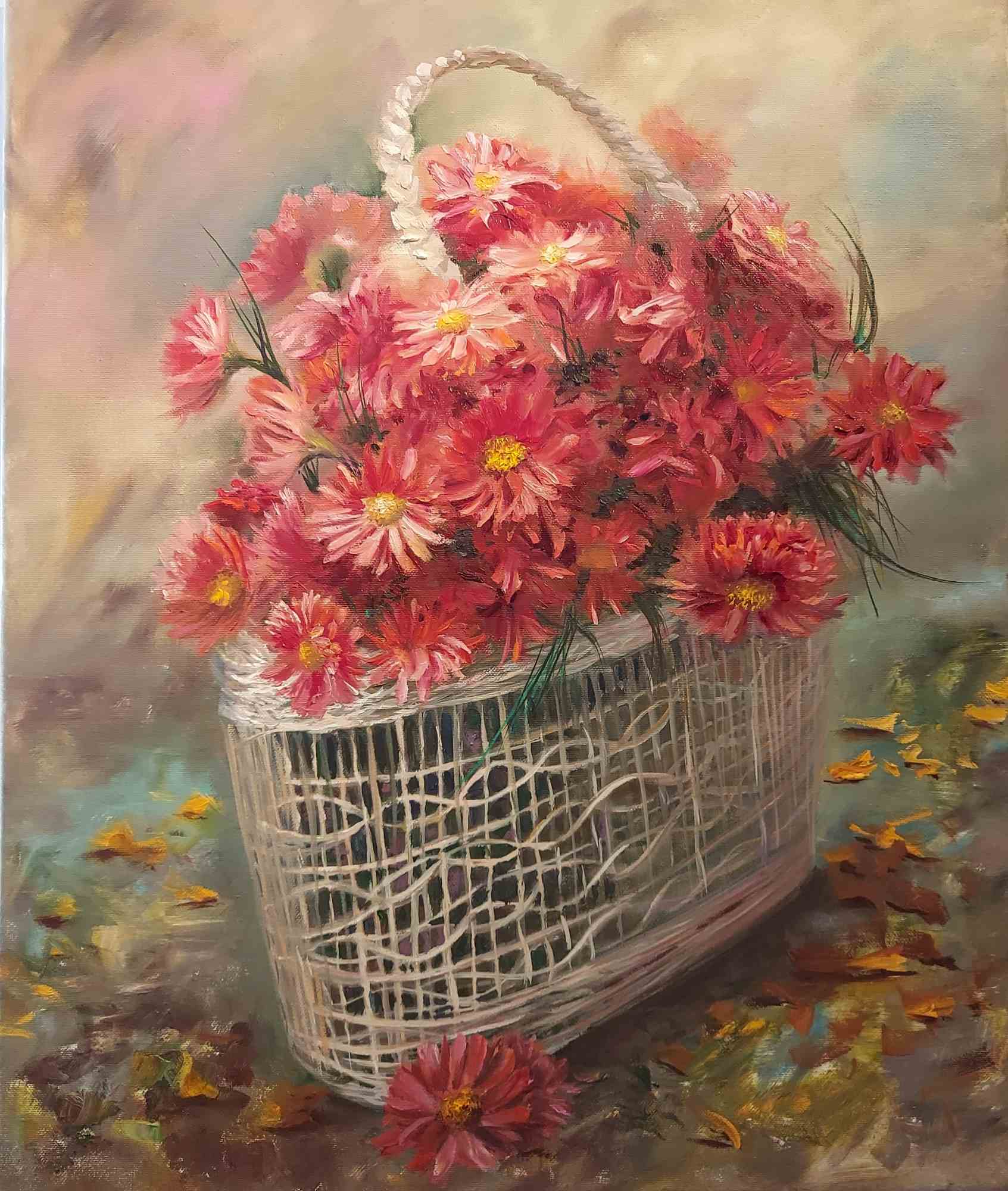
Coral flowers
Elena Mardashova
Oil on Canvas
800€
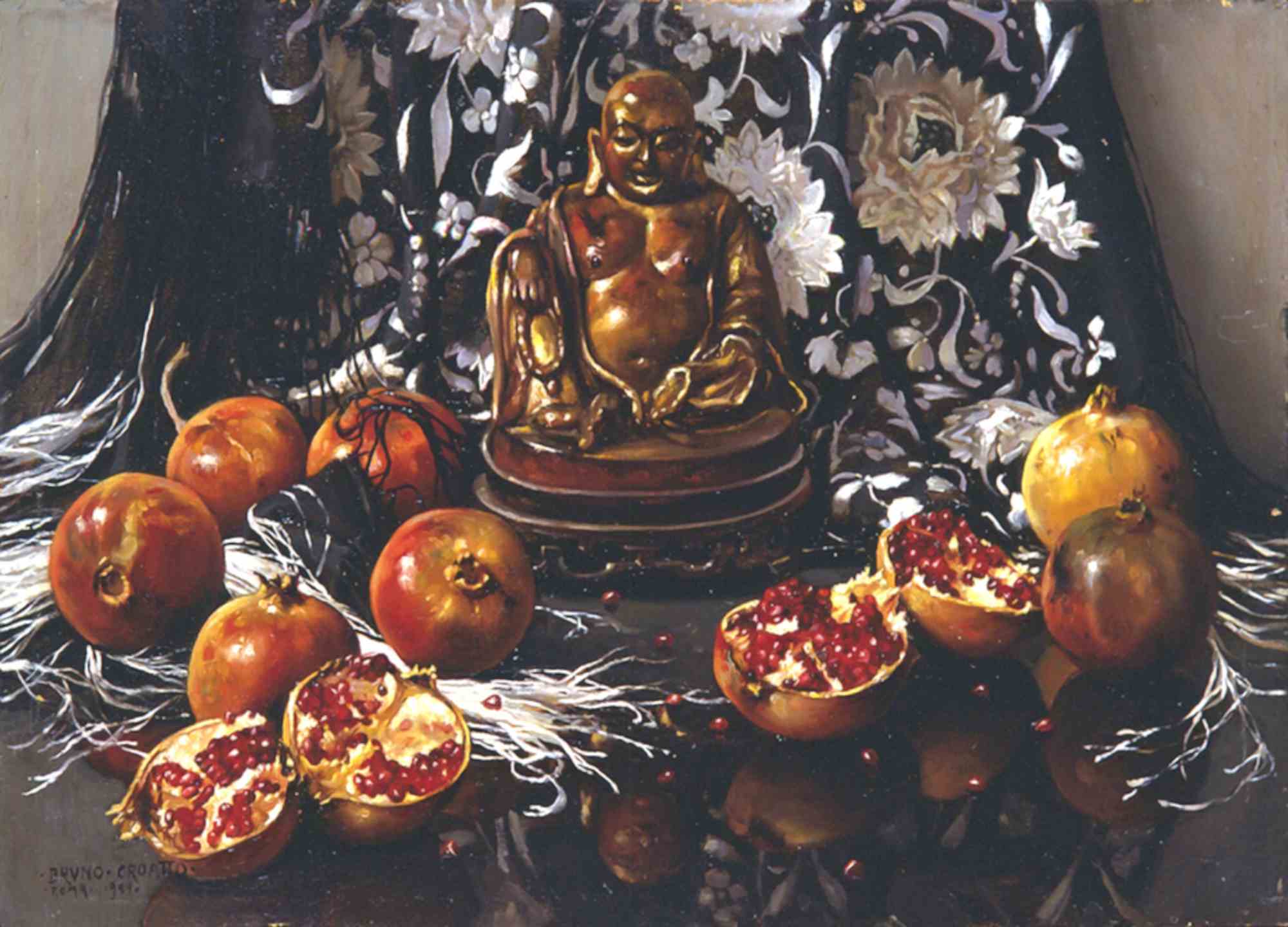
Still Life with Buddha and Pomegranates (Natura Morta con Buddha e Melograni)
Bruno Croatto
Oil on Canvas
14000€
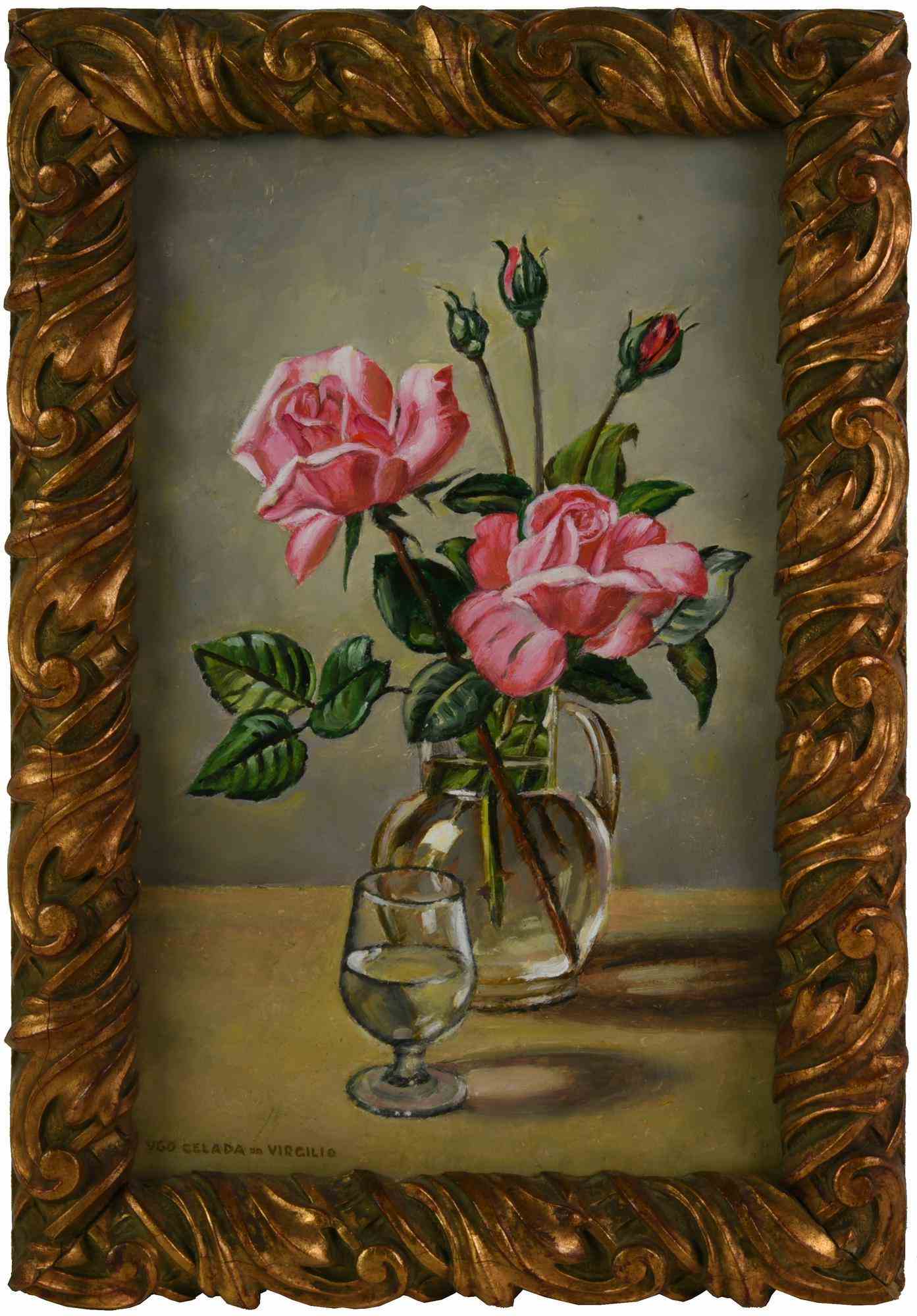
Still Life
Ugo Celada
Oil Painting
6500€
